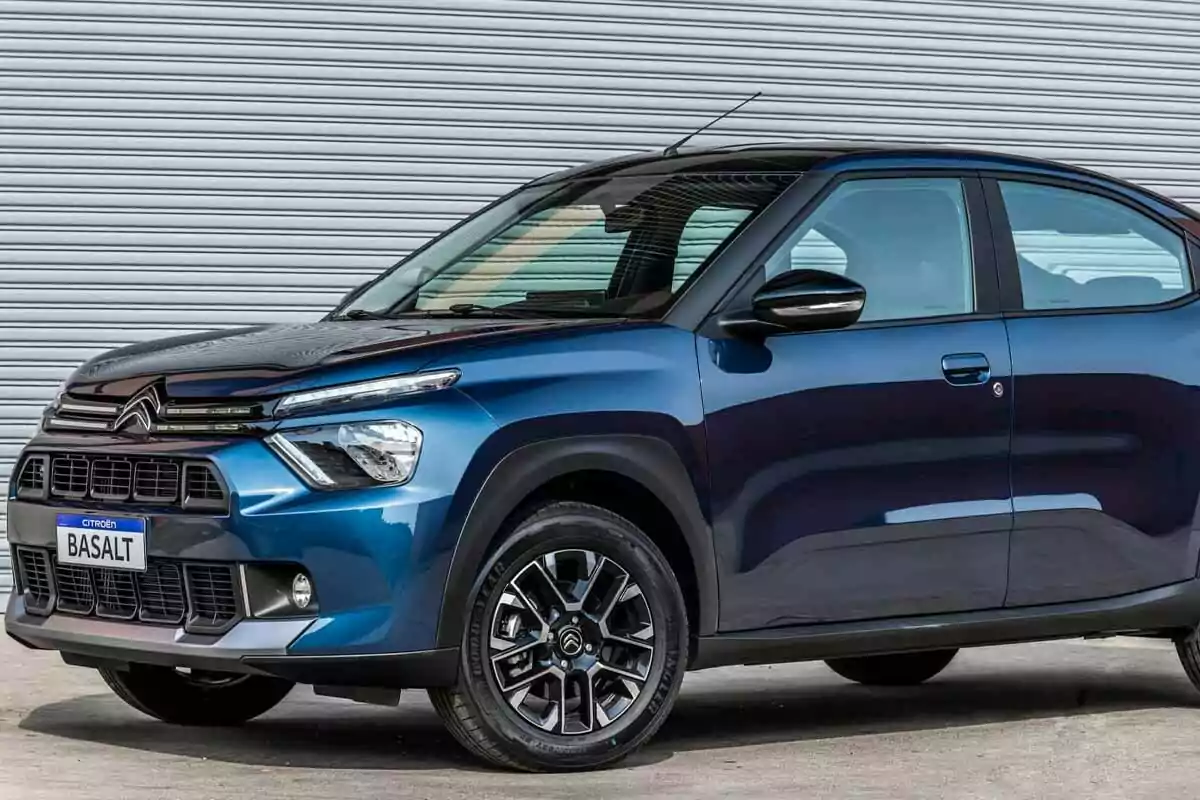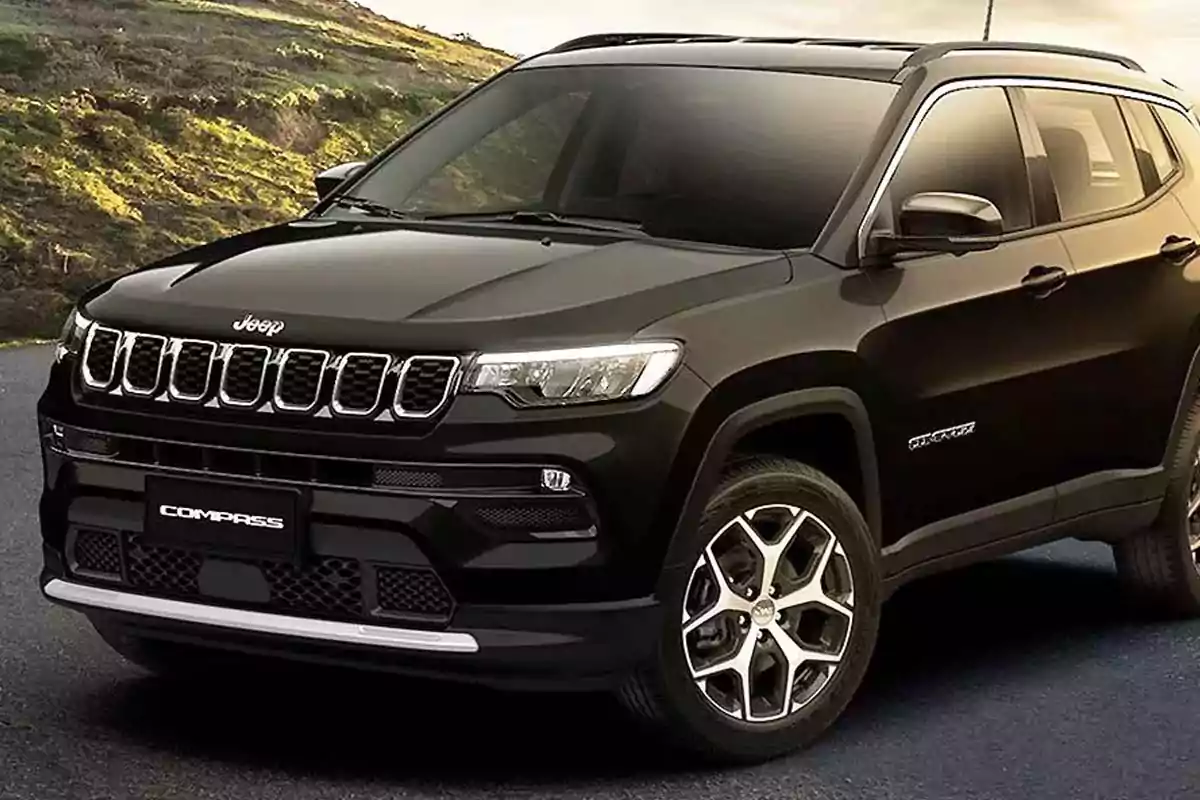
SUVs became cheaper: the models that dropped the most after the tax change
After the top-level tax reduction, several SUVs lowered their prices and expanded the offer between $30 and $80 million
After the elimination of the first tier of the top-level tax, the automotive market began to show clear signs of readjustment.
Prices dropped, new options appeared in the segment, and the mid-range SUVs are the big winners.

What changed with the reduction of the top-level tax?
The measure has been in effect since February, but only now is its real impact on prices being seen. The market needed time to adjust stock and lists.
The elimination of the first tier of the tax reduced by 20% on models between $42 and $78 million. Additionally, the second tier dropped from 35% to 18%.
Why did it take time to reflect in prices?
It took between 30 and 60 days to clear old stock and nationalize imported cars. With the April lists, the change is reflected.

Only now are adjusted prices being seen that reach the public without the previous tax burden.
SUVs, the big winners
The most affected segment was the mid-size SUVs. Today it is the one that offers the most options with competitive prices.

The B-SUVs were not affected, but some imported models also dropped. The C-SUVs were the ones that dropped the most.
The cheapest on the market: what SUVs can be found for less than $30 million?
- Citroën Basalt: between $23,760,000 and $31,190,000
- Citroën C3 Aircross: between $27,580,000 and $32,810,000
- Fiat Pulse: between $27,610,000 and $34,046,000
- Renault Stepway: between $27,710,000 and $28,740,000
- Chevrolet Spin: between $28,057,900 and $34,033,900
- Chevrolet Tracker: between $28,393,900 and $36,864,900
- Nissan Kicks: between $28,547,500 and $37,885,000
- Citroën C4 Cactus: between $29,310,000 and $32,280,000
- Renault Kardian: between $28,390,000 and $33,990,000

More options between $30 and $80 million
This range, previously empty due to the tax, is now filled with new and attractive models.
More than 40 SUVs have been added to the offer between $30 million and $80 million, with more accessible entry versions.
- KIA K3 Cross: between USD 25,000 and USD 28,500
- Hyundai Creta: between USD 30,000 and USD 34,000
- Volkswagen Nivus: between $30,938,700 and $38,380,200
- Renault Duster: between $31,560,000 and $36,610,000
- Peugeot 2008: between $33,230,000 and $40,790,000
- Jeep Renegade: between $34,726,000 and $43,650,000
- Fiat Fastback: between $35,581,000 and $39,058,000
- KIA Seltos: single version at USD 36,000
- Volkswagen T-Cross: between $37,409,300 and $44,882,800
- Honda HR-V: between $38,700,000 and $43,868,000
- Toyota Corolla Cross: between $39,228,000 and $47,390,000

Above $40 million: new players on the scene
The removal of the tax enabled a new range of previously inaccessible vehicles. Premium models now compete in a new field.
- Jeep Compass: between $41,407,000 and $53,032,000
- Ford Territory: between $41,740,300 and $45,054,400
- Honda ZR-V: between $42,568,000 and $50,308,000
- Toyota Corolla Hybrid: between $43,279,000 and $47,242,000
- Volkswagen Taos: between $43,939,300 and $43,134,250
- Renault Koleos: $44,700,000
- KIA Sportage: between USD 48,000 and USD 56,000
- Hyundai Tucson: between USD 48,000 and USD 58,000
- Citroën C5 Aircross: $49,410,000
- Ford Bronco Sport: between $49,922,600 and $55,578,800
- Jeep Commander: between $51,155,000 and $61,130,000
- Peugeot 3008: $54,070,000
- Peugeot 5008: $55,090,000
- Honda CR-V: between $57,350,000 and $76,915,000
- Nissan X-Trail: between $63,630,000 and $76,254,200
- Chevrolet Trailblazer: $63,939,900
- Ford Kuga Hybrid: $67,418,600
- Volkswagen Tiguan: $68,494,300
- Toyota SW4: between $69,792,000 and $73,628,000
- Toyota RAV4 Hybrid: USD 70,200
- Honda CR-V Hybrid: $81,350,000

What about prices above $82 million?
From $82 million or USD 75,000, the internal tax is reapplied. The 18% surcharge drives prices above $120 million.
That explains why many brands adjusted entry versions to stay just below that threshold.
More posts: